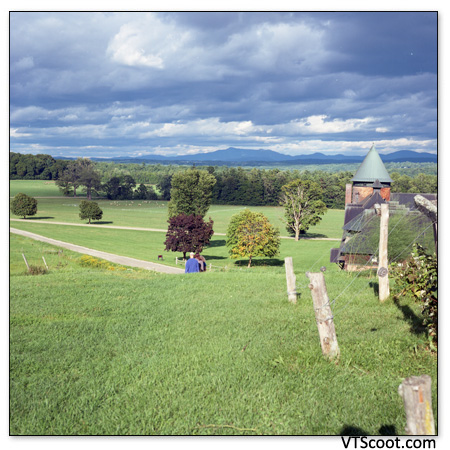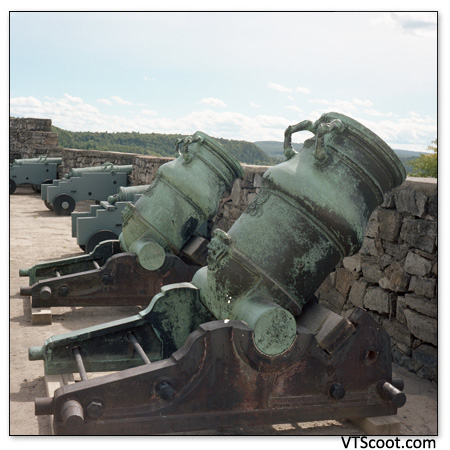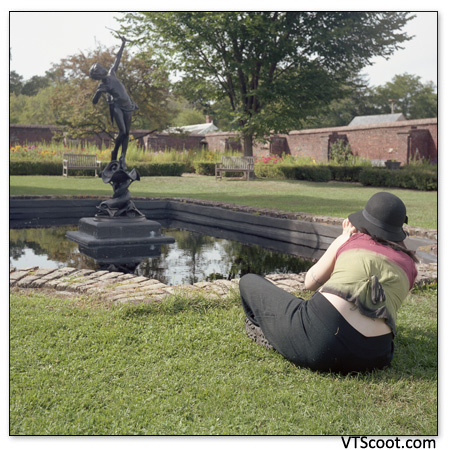Yashica-Mat
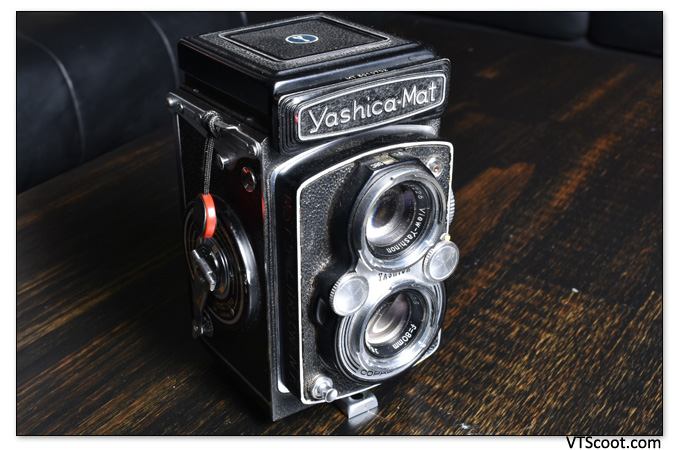
I got an email from an older step brother one day. “Hey Kev! I’ve got a bunch of old cameras I’m looking to sell, see anything you like?” I think I bought three, one of them was a Yashica-Mat, which is a Japanese twin lens Rolleiflex knock-off that first debuted in 1957 and sold until the early 1970s. I had a Chinese variety called the Seagull, and was interested to try a Japanese variety.
So not to go into too much detail, or should I say TWO much detail about twins-lens reflexes (har har har har #dadjokes), but basically you view through one lens and shoot with the other. So the picture taking is quieter because you don’t have that secondary viewfinder mirror slap up and back when you push the button.
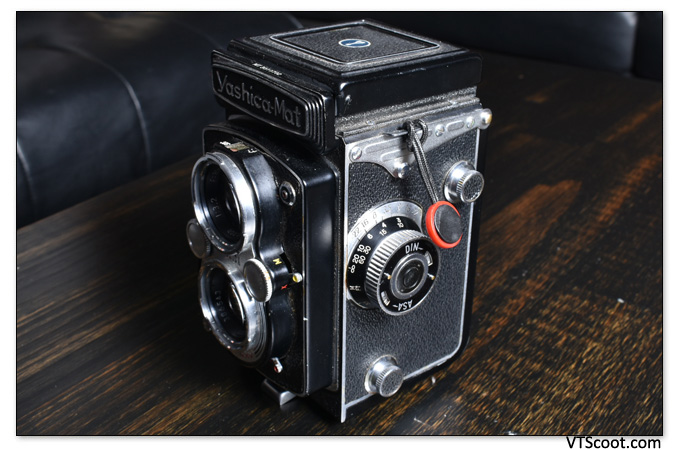
Another nuance, you’re looking down into the viewfinder, rather than straight ahead, and the image is reversed left to right. This makes composing a picture a bit more difficult than you’d expect. I will tilt the camera the direction I think it needs to go and the picture I see moves the opposite way. Luckily the viewscreen has a handy grid, so it’s a little easier to level things out.
Shutter speeds top out at 1/500, but any speeds slower than 1/60 are all wonky and irregular. This is because the mechanism that operates the faster speeds is not the same one used for the slower speeds. That one is run off the self-timer’s springs and gears. I have two TLRs and have used a third, and every single one of them have wonky speeds at the lower end, so I’m guessing this is a common problem. The cost to clean and repair this at the local shop is more than $200, while the cost to replace the camera altogether is $150-ish. I don’t usually think in terms like this with regard to vintage items in finite, non-dispodable supply, but looking at the math makes me pause. For now, anyway. In the meantime I’ll just use faster shutter speeds.
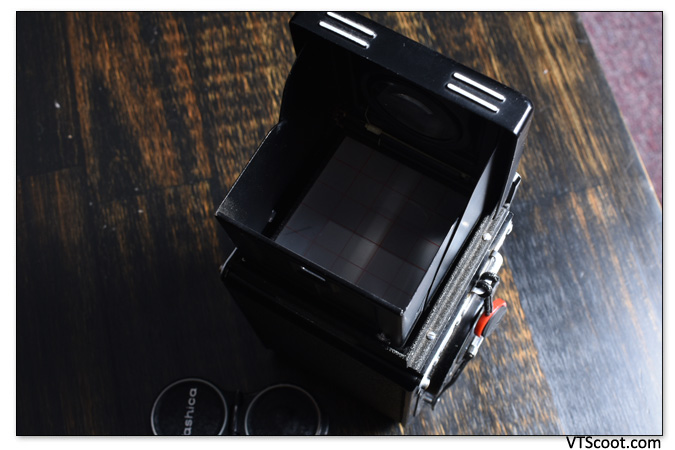
It uses 120 film, bigger film makes bigger exposures that look better. The frame is square, 6cm by 6cm, and advances with a metal crank. I like the crank winder. It’s decidedly old-school. I have a Mamiya 120 camera that came with an aftermarket auto winder, and I took it off and put the original crank back on.
There is no light meter. There are no batteries. It’s a completely mechanical camera with a lot of moving parts inside and out. It’s hard not to love this camera, all quirks aside. That includes the quirk where the winder will get stuck once or twice per roll, I’ve discovered I can unstuck it by turning the shutter speed knob back and forth a couple times. Problem solved, yet still a little bit of a nuisance… but the fix is nice and free. Old machinery takes a little convincing sometimes.
The end result is 12 great pictures per roll, the rolls of film cost slightly less than their 36-exposure 35mm cousin, and the cost to develop them is about the same. So, shoot wisely!


